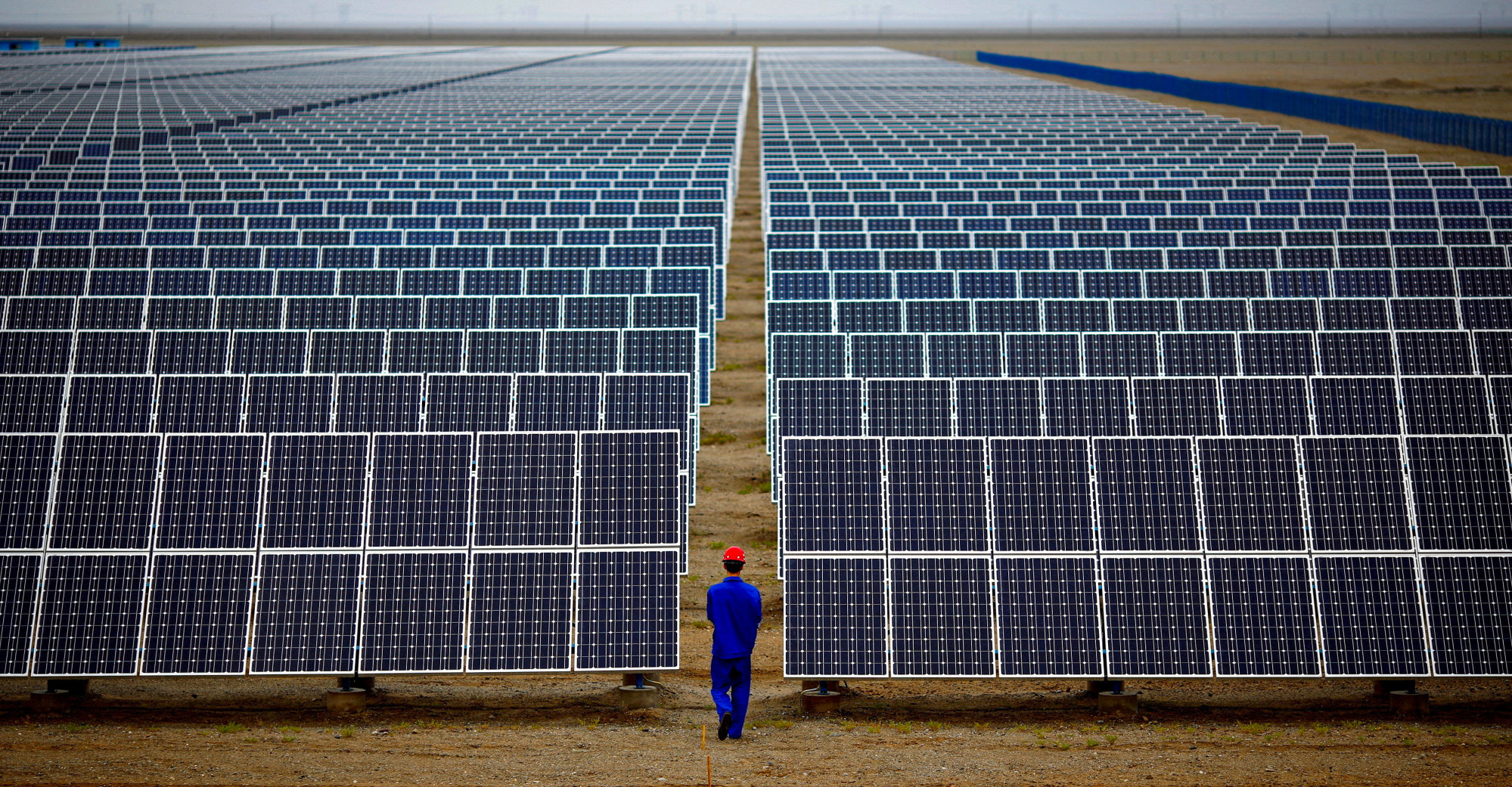China’s National Development and Reform Commission (NDRC) and five other government departments said they will conduct a study on solar and wind resources in six pilot regions and explore ways to dramatically lift renewable energy’s share in the country’s power generation.
Hebei, Inner Mongolia, Shanghai, Zhejiang, Tibet, and Qinghai have been selected for the surveys that have to be completed by the end of next year, said a joint circular issued by the economic planner National Development and Reform Commission and five other departments on Thursday.
“While wind and solar capacity has experienced rapid growth and now accounts for 36 per cent of national power generating capacity, it is far from what is needed to meet the nation’s goals to peak carbon emissions before 2030 and reach carbon neutrality by 2060,” it said. “A detailed survey is urgently needed to facilitate projects and power grids development.”
The survey aims to assess the renewable energy deployment in these regions, evaluate the quantity of energy resources a region possesses and analyse the potential for wind and solar energy development, according to the document.

Lauri Myllyvirta, senior fellow, Asia Society Policy Institute, said the new survey could establish a comprehensive inventory of solar and wind farms that are in operation or under construction.
It is also needed because improved technology has made wind turbines more powerful which allows their installation at higher altitudes and in offshore areas, while land use changes and their impact on project potential can also be studied.
A survey conducted in 2008 estimated wind power generation potential based on “very low” turbine heights and did not consider offshore locations where much stronger wind energy can be harnessed, he noted.
“Resource surveys have been essential in easing the development of solar and wind projects in many countries,” he said. “Identifying as many locations as possible with good resources and without land use conflicts makes project development much faster and smoother.”
For solar energy, much lower costs of equipment – with solar panel costs falling nearly 90 per cent in the past decade – meant many projects that were not feasible in the past are now economically viable, he added.
The updated resources surveys will also have more detailed assessment related to ecological redlines demarcation, said Lucas Zhang Liutong, director of Hong Kong-based consultancy WaterRock Energy Economics, referring to areas that provide important ecological services and are sought to be protected.
Having a clearer picture on projects’ potential can facilitate faster projects development in the domestic market, to help absorb excess supply of solar and wind energy equipment, amid rising trade barriers against Chinese products in the US and Europe, he added.
However, fast growing renewable energy expansion – with newly installed wind capacity doubling and that of solar capacity rising 150 per cent in 2023 versus 2022 – has given rise to bottlenecks in the form of higher unabsorbed output at the power grids, especially in resource rich regions like Hebei and Qinghai province besides Inner Mongolia autonomous region, Zhang noted.
“To avoid a rapid increase in grid capacity curtailment rate in the coming years, there must be a strong push by the central and local governments to get the grid companies to expand local and regional transmission lines and capacity,” he said.

